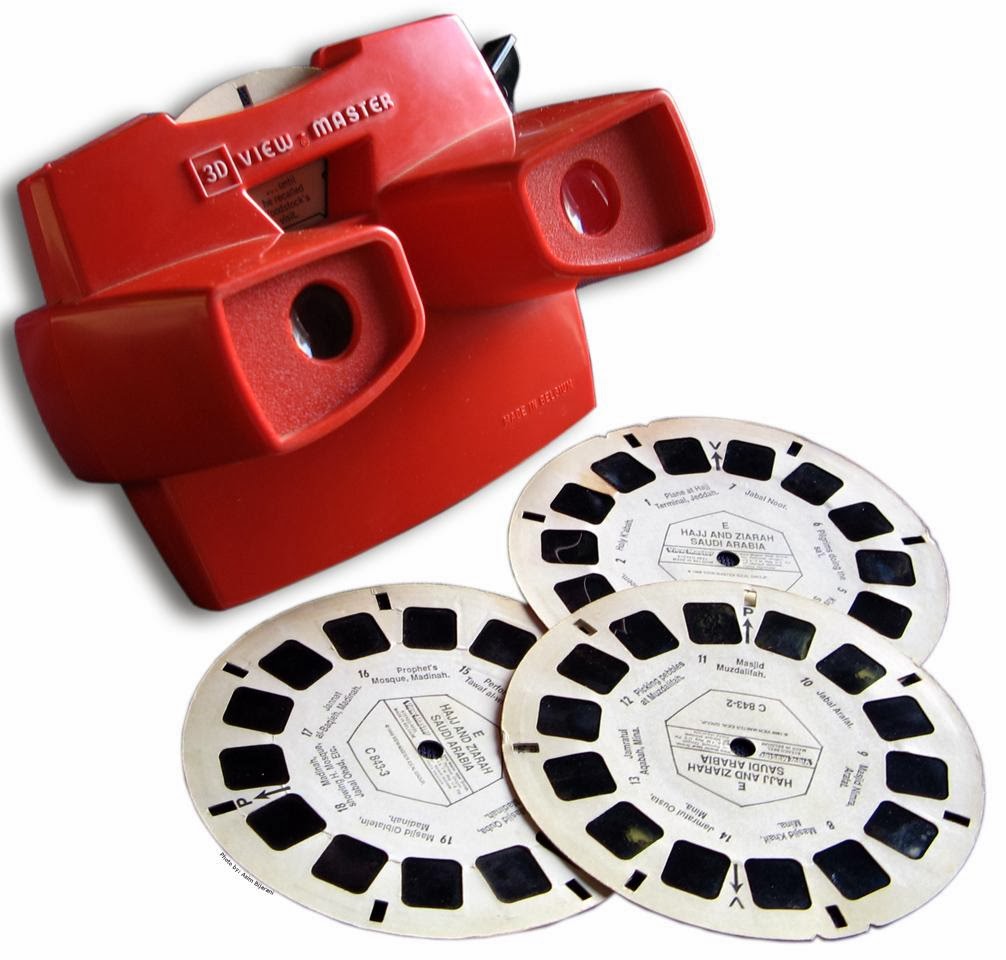Dear Senserely Yours,
I have just recently watched a movie in 3-D. It was my first time to watch a 3-D movie because, I don’t know, I’m just not enticed by it plus the tickets are more expensive compared to those of 2-D movies. Once I was seated I wore the 3-D glasses and waited for the movie to start. A few minutes later, the movie started and I was dodging a meteor! I must admit that this 3-D thing adds so much more excitement in movies. However, after a few moments I started getting dizzy and my eyes started to feel strained. I decided to rest my eyes for a while and the headache subsided. I managed to watch the whole movie although there were times when the headaches would go back. Why do I get headaches from watching 3-D movies? :(
- 3Disaster
Dear 3Disaster,
Honestly, I don’t like watching 3-D movies because like you, I also get a bit dizzy at certain times during the movie. I also thought about what’s in a 3-D movie that makes some people like us experience discomfort. Before explaining the possible reasons, let’s start by explaining how 3-D works.
If you ever had this toy called the ViewMaster™ then your childhood was awesome! This toy presents each eye with a slightly different view of the same picture and the result… a 3-D view of the picture. So how does it work? Our left and right eyes view the environment from positions that are about 6 cm apart and because of this we have two different viewpoints (Goldstein, 2010). This difference in the images in the left and right eyes is called binocular disparity and it is one of the important reasons we are able to perceive depth (Goldstein, 2010). The ViewMaster™ works just like how our eyes work, it presents each eye with a slightly different view of the same scene and this results in the same binocular disparity that happens when we look at a scene with just our eyes. Our brain is able to register the slightly different images of an object or scene on the two retinas and uses this shift to compute the precise estimates of relative depth, this cue to depth is called stereopsis and is a chief source of information about the separation and volume of objects in our environment (Wilcox, 2010).
We can apply the same process when watching 3-D movies. If you look at the 3-D glasses on the left, you’ll notice that one side is red and the other is blue. In order for the film to create disparity, the images for the left and right eyes are projected at the same time in two different colors (red and blue) and these images are slightly displaced from one another. The red and blue in your glasses serve as filters so that each eye receives only one of the two colored images. Because of these things you are able to watch the movie in 3-D. The 3-D glasses on the right are what most cinemas are using today. These are polarizing lenses. Instead of projecting the film in two different colours, the left and right images are created from polarized light, light waves that vibrate in only one direction. Each lens of your glasses only lets one direction of light waves into the eye thus creating disparity. This disparity then results in your 3-D perception of the movie.
Watching movies in 3-D can be very entertaining since it’s like you’re in the movie itself. However, visual discomfort has recently been getting more and more attention because of complaints from viewers who said that they experience it while or after watching stereoscopic 3-D images and videos (Li, Barkowsky, Callet, 2014). According to the study of Solimini (2013), the main physiological process that is involved with the emergence of visual fatigue concerns the intense eye accommodation activity of the viewers, such as focusing and convergence. Convergence is the inward movement of the eyes that occurs when looking at nearby objects (Goldstein, 2010). When the object in the movie approaches you, your eyes converge. The closer the object gets, the more convergence occurs. It has been contended that eye focus cues, accommodation and blur in the environment, target the depth of the movie screen rather than the displayed scene and this creates unnatural depth perception (Hoffman, Girshick, Akeley, & Banks, 2008 as cited in Solimini, 2013). In addition, uncoupling between mergence and accommodation affects the binocular fusion of the image. Both of these processes may generate visual fatigue in some individuals (Solimini, 2013).
As Solimini (2013) puts it, viewing 3-D movies is like riding a roller coaster. For some people, the increase in symptoms is part of the 3-D experience and enjoyment and these experiences are not necessarily a harmful or dangerous health consequence. If you would want to avoid getting dizzy then I suggest that you stick with watching 2-D movies. But if you think that 3-D movies would give you more happiness than headaches then go, no one is stopping you from dodging that meteor!
Senserely yours,
Holly
References:
Goldstein, E.B. (2010). Sensation and Perception (8th edition). USA: Wadsworth Cengage Learning.
Li, J., Barkowsky, M., & Callet, P.L. (2014). Visual discomfort of stereoscopic 3D videos: Influence of 3D motion. Displays. doi: http://dx.doi.org/10.1016/j.displa.2014.01.002
Solimini, A.G. (2013). Are there side effects to watching 3D movies? A prospective crossover observational study on visually induced motion sickness. PLos ONE, 8(2): e56160. doi: 10.1371/journal.pone.0056160
Wilcox, L.M. (2010). Fundamentals of stereopsis. Encyclopedia of the Eye, 164-171. doi: http://dx.doi.org/10.1016/B978-0-12-374203-2.00237-2



No comments:
Post a Comment